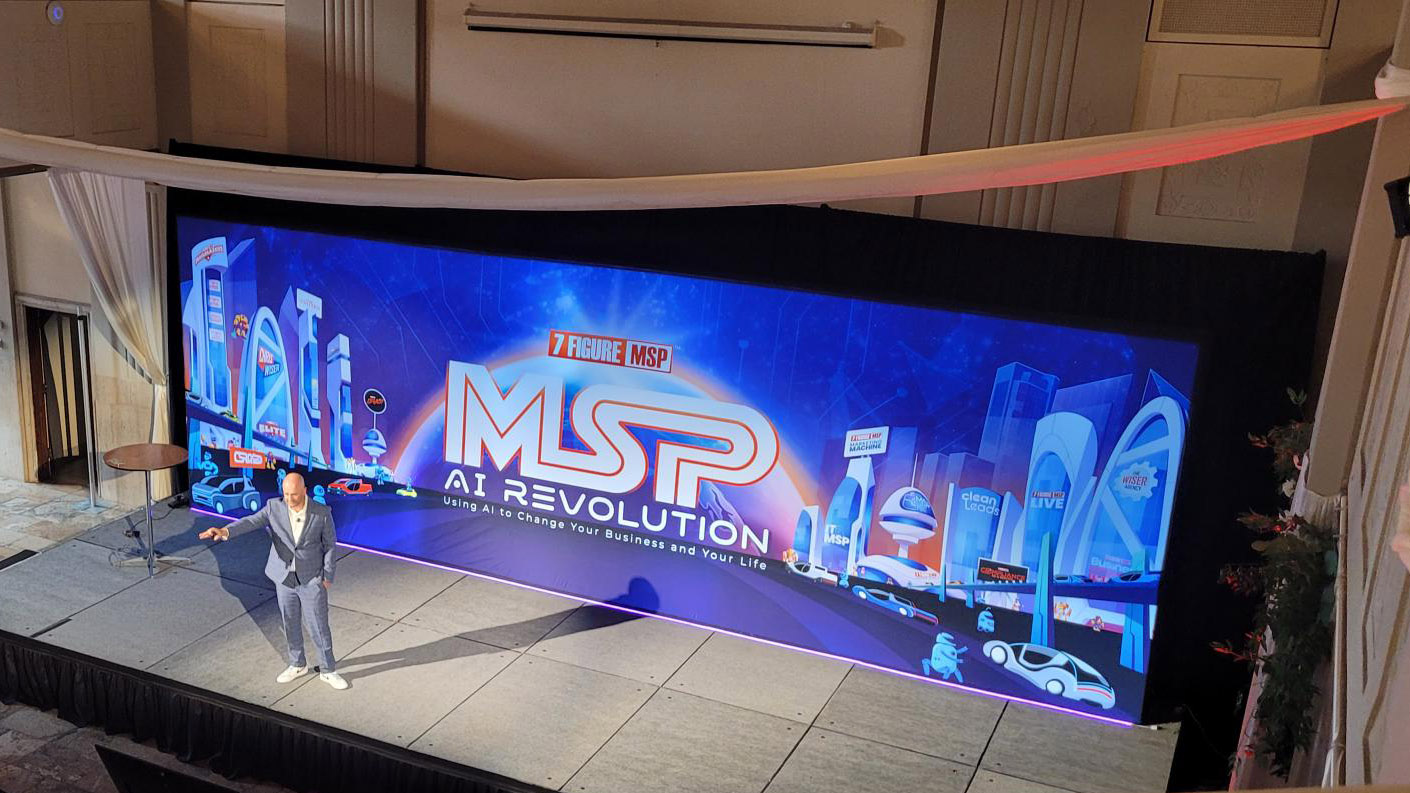When it comes down to it, good customer service hasn’t changed much over time. It’s about meeting and exceeding customer expectations, each and every time.
Yet much around the way MSPs deliver customer service — and what customers expect — has changed. Customers expect faster responses, delivered via their channel of choice at a time they choose, and they know they have options of the service doesn’t measure up.

Chris Nicoli
So how can MSPs keep customers happy today? It’s a multipronged approach that involves keeping the conversation going and measuring the results. That means an account manager checking in with customers monthly and trying to head off customer service issues before they come to a head, as well as tracking customer satisfaction.
Cybersecurity MSP PCH Technologies, for example, uses customer satisfaction index software to track how well it’s doing in engaging with customers, while the account management team uses software to document all interactions with customers.
Teltek Systems takes it a step further by using Crewhu, a customer satisfaction platform built for MSPs that incorporates customer satisfaction into feedback to incentivize staff. “It lets us know what’s working and what isn’t,” Teltek Systems President Chris Nicoli said.
Is AI the Next Customer Service Frontier?

Rob McDougall
As customers push for faster, better service, many MSPs are thinking about incorporating AI in some capacity to up the ante. While still immature, many believe that AI can improve the customer experience. A recent survey found that 62% of customer service specialists believe that AI/automation tools help them understand their customers better.
There are myriad ways AI can be part of the customer service journey, such as AI chatbots that respond to customer service requests, generative AI tools that help write responses or access documents, sentiment analysis to determine customer satisfaction, or tools that route service requests to the right agent.
So AI to the rescue, right? Not so fast, said Rob McDougall, CEO of Upstream Works. It’s powerful, but AI still “hallucinates.”
“It will be right most of the time but if it’s wrong, you can’t always tell. That’s still a risk to an MSP’s customers,” he said. In fact, AI can’t contribute that much to customer satisfaction, at least currently, he added. Instead, it makes more sense to use it to parse unstructured data to provide more insights into the customer experience, McDougall recommended.
That’s why for the time being, using AI for functions like agent assist, auto-generating summaries of interactions, and better routing make the most sense, McDougall emphasized. Agent assist, for example, is an efficiency gain but lower risk because there is still a human in the middle, he said.
“Do things like summarization, intent analysis, sentiment analysis, and the kind of stuff that actually has an impact on the service they can deliver and on the efficiency because it shortens interaction times.”

Tim Guim
Timothy Guim, president and CEO of PCH Technologies, said he’s strongly considering moving to AI-based phone or chat assistance, with a caveat — customers can choose whether they want it or not. Some won’t want AI-based tools at all, some won’t mind it for basic tasks, and some may not mind it in general. Depending on the level of AI-based service, Guim plans to charge differently, he said.
“What I don’t want to do is force AI down my customer’s throat just because it’s good for me for automation. I know my customers, and I know which ones would prefer a human being to solve a technology issue. Maybe as time goes on and I become more entrenched, that equation will change.”
But AI is coming, and it doesn’t make sense to put the entire technology on hold, McDougall noted. Instead, implement it carefully and put the right guardrails in place. Perhaps start with an AI-based chatbot with the right rules and training to increase levels of first-contact resolution. Kicking off with those types of quick wins is a good strategy, he said.
At the same time, the human in the loop will never be obsolete. AI is like the new IVR, and it’s great for quick answers. But anything that gets into a back-and-forth probably still requires human intervention, Nicoli said.
“It all comes down to communication and the relationship. As the CEO of my company, I still have a very active relationship with most of our strategic customers, and I encourage them to come to me directly when there is a problem. Using AI to enhance the efficiency of routing calls or tickets to the proper technician or identifying issues from a customer’s tone or words is great, but never forget that you should still be picking up the phone and actually talking to your customers.”
Image: iStock














